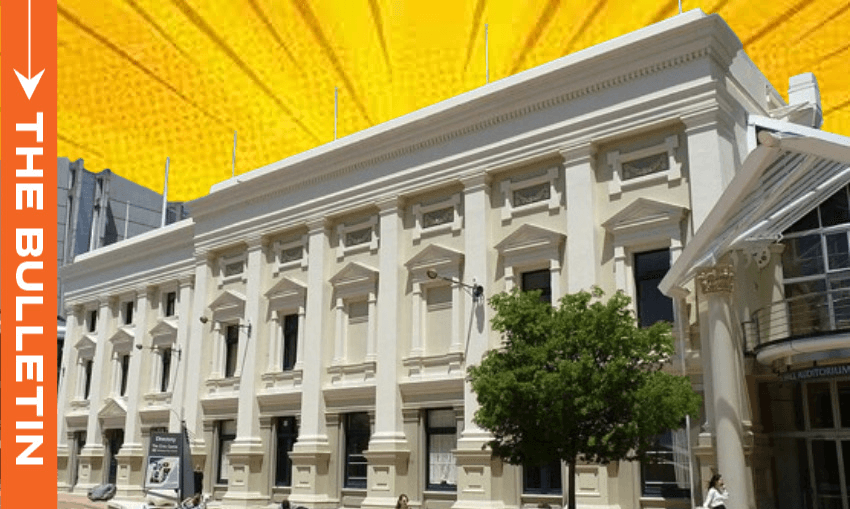After decades of under-investment, councils are facing up to their infrastructure deficits – and being pummelled by high inflation and interest rates in the process, writes Catherine McGregor in this excerpt from The Bulletin, The Spinoff’s morning news round-up. To receive The Bulletin in full each weekday, sign up here.
Where rates are going up the most
With long-term-plan season getting underway at councils across the country, it won’t be long before councillors are voting on rates increases for the coming rating year. Based on proposed figures, the average homeowner will be paying 15% more ; the unluckiest will be shelling out a lot more. The biggest increase is in Westland, where Buller District Council ratepayers are set to pay a whopping 31.8% more in 2024/25. Among the others hardest hit are those paying rates in Napier (a 23.7% increase), Hamilton (19.9%) and in the Greater Wellington Region (GWRC) at 19.8%. Not all increases are so large, but almost everyone will be paying a lot more than in recent years. The latest increases represent a huge change from historic averages: according to a new report commissioned by Local Government NZ, the average rise in the 20 years to 2022 was just 5.7% per year.
Why they’re going up so much, so fast
That LGNZ report, prepared by Infometrics economist Brad Olsen, isn’t just focused on individual councils’ rates increases. The report also looks at the cost pressures that are forcing councils to raise rates so much, and finds that, like all of us, councils are being hit by a double whammy of high inflation – the cost of building a bridge is now 38% more expensive than three years ago, for example – and higher interest rates. Councils are also facing new, more expensive cost pressures including the demand for infrastructure in high-growth areas, coping with growth in tourism, and adapting to climate change and increasing natural hazards.
Councils at financial breaking point
While rates increases can meet some of those cost pressures, ratepayers can only be asked to pay so much. According to the Infrastructure Commission, local government is collectively facing a $52b infrastructure deficit. “It’s simply not able to pay for that,” writes Newsroom’s Jonathan Milne. Already some councils are close to their financial breaking point. A Newsroom survey found that 11 councils have net debt-to-revenue ratios of more than 200%, with Hamilton City Council the worst at 281%, just four points below the limit on council debt covenants. Those councils at the high end of the scale would be teetering on the edge of bankruptcy if they operated as businesses, Milne writes. As GWRC’s Daran Ponter tells him, “You would only need to have a council that’s close to its debt ceiling and then a Cyclone Gabrielle or a Cyclone Bola-type incident and bingo, you probably have the recipe for insolvency.”
‘An enormous, unprecedented victory’
Amid all the gloomy news for both councils and ratepayers, a ray of sunshine just emerged from the Wellington City Council chambers. Councillors yesterday overwhelmingly rejected the widely criticised, Nimby-friendly recommendations from the independent hearings panel (IHP), instead approving a raft of pro-density amendments to the city’s District Plan. Twelve hours later, Spinoff Wellington editor Joel MacManus can still hardly believe what happened. “The new Wellington District Plan is the biggest, fattest W in the history of the pro-housing movement in this country,” he writes this morning. “For the Yimbys, the New City, the progressives, the urbanists, a City for People, for anyone who wants to own a townhouse or apartment in Wellington one day: this is an enormous, unprecedented victory.”
Read Joel’s live blog of yesterday’s historic council meeting here.
